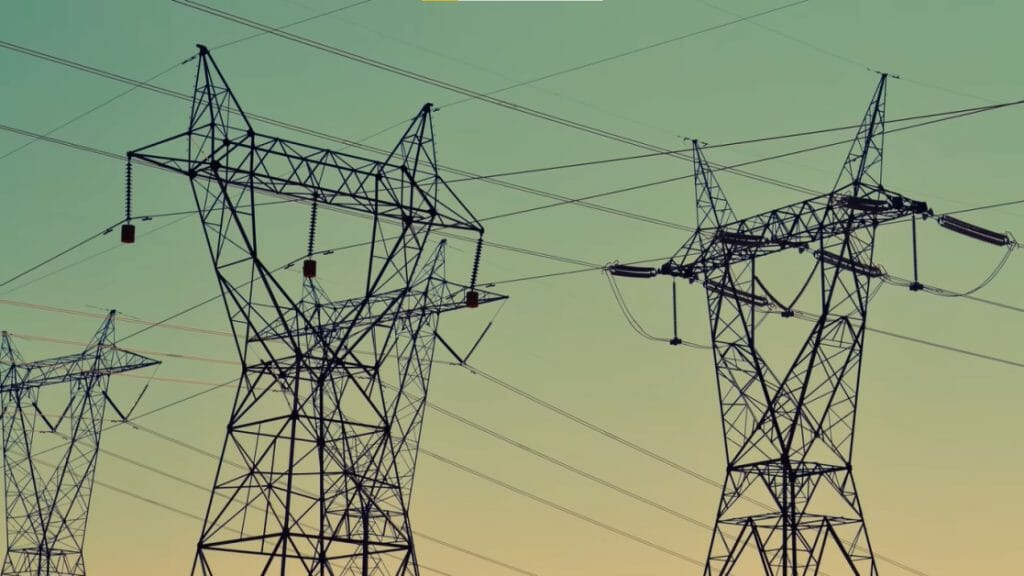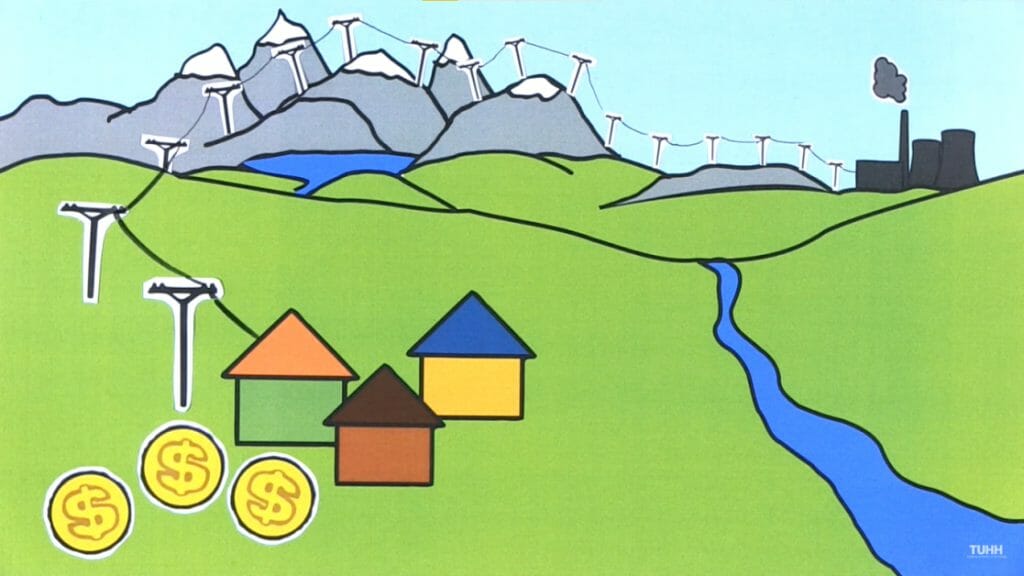Why is it Expensive to Bring Electricity Into Urban Areas

The high demand for electricity in urban areas is the primary reason for the rising cost of electricity.
Electricity needs to be transported over large distances due to the lack of power plants near urban areas. Also, a certain percentage of electricity is lost during transport. This decreases the available supply of electricity in urban areas.
Continue reading to discover more about the challenges of bringing electricity into urban areas.
Lack of Power Plants Near Urban Areas
Have you noticed that electrical power plants are located in far-off and rural areas?
The location of each power plant is selected based on the nearby living population and the presence of certain natural conditions. That’s because it is dangerous for large populations to live near certain power plant types. Furthermore, some power plant types rely on specific natural conditions to generate a large amount of electricity.
For example, geothermal power plants need to be located near areas with geothermal reservoirs.

Geothermal reservoirs create the stream which powers turbine generators. Some examples are volcanoes, fumaroles, hot springs, and geysers. Many rural towns near these use this natural condition to produce electricity.
Hydropower plants are the main source of electricity for many rural and urban areas.

Hydropower generates electricity through the assistance of fast-flowing water. Hydropower plants must be located on or near a water source like rivers. In addition, the turbines used by hydropower require a large area of space. It is inefficient to build hydropower plants in urban areas, despite the presence of nearby water bodies.
Electricity from power plants needs to travel farther to reach urban areas. It must be stored and redistributed to the local infrastructure and houses. These additional processes contribute to the high prices of urban electricity.
Transportation Costs of Electricity
We established power plants are located far away from urban areas, so what does that have to do with the price of electricity?
Electricity is a commodity that needs to be transported. The main problem with transporting electricity is the voltage requirement needed to move long distances. Electricity is processed through a transformer to increase its voltage. Then it is transported through power lines throughout the country until it reaches a substation.

Transferring electricity at high voltages limits energy loss, but a significant part is still lost during transportation.
Approximately 5% of generated electricity is lost during transportation and distribution. This percentage can increase or decrease depending on the distance traveled. Rural areas near power plants access electricity with minimal losses, whereas urban areas often experience higher electricity losses.
The “transportation cost” of electricity is one of the main reasons it is expensive to bring electricity into urban areas.
Many electric cooperatives invested in newer technology to reduce transport power loss. However, completely changing the current distribution is an expensive and time-consuming process. Some countries refrain from implementing drastic power line changes because of this.
Electricity utility services and cooperatives make up for the transportation cost by raising the price of electricity. This is particularly prominent in urban areas located far from power plants.
Urban vs. Rural Electrification
Electrification is the process of introducing electrical systems to a certain location.

The electrification process includes the following:
- Construction of a power plant
- The creation of power lines and grids
- Establishment of voltage transformers and transmission lines
- The distribution of electricity to infrastructures, industries, and households.
Electrification costs affect the cost of electricity in urban and rural areas. This is because utility services and electric cooperatives need to make enough profits to recover the capital needed for electrification.
Challenges of Urban Electrification
It’s easy to think that urban electrification is easier since power lines and other electrical systems are readily in place. But changing these established systems to newer, safer, and more efficient ones is expensive. Moreover, it would mean temporarily removing access to electricity in the affected areas.
Governments and electric cooperatives need to consider the effect of changing electrical systems on urban quality of life.
The temporary halt of key industries is expected to affect the local community and economy negatively. Established power lines would need to be removed, replaced, and reconnected to infrastructures. This process is expensive and time-consuming to do. However, the switch to modern electrical systems can decrease the price of electricity. That’s because newer electrical systems experience less voltage loss during the electricity distribution to urban areas.
Governments and electric cooperatives must coordinate with many stakeholders and businesses to implement drastic changes to urban electrical systems.
Challenges of Rural Electrification
Rural electrification is often more concerned with bringing electrical systems rather than replacing them.
Rural communities near power plants can benefit from lower electricity transport costs. This can lower the overall price of electricity. Furthermore, rural areas have less demand for electricity due to the low population density. However, the main struggle of rural electrification is the need for more profitable opportunities.
Utility services typically cannot justify rural electrification due to the initial capital of rural electric systems.
Establishing rural electric systems is expensive, especially if the area is far away from any power grids or power plants. Low population densities mean less opportunity for profit. This takes utility services away from rural electrification projects since it would take a long time to recover the initial capital.
Many rural electric cooperatives created projects to bring electricity to far-away rural areas. They aim to deliver a cost-effective and stable electricity supply to small communities.
Demand for Electricity
Electric cooperatives must raise electricity prices in urban areas to keep up with the rising demand.
Power plants can only generate a certain amount of electricity. Prices tend to rise when the electricity demand surpasses the amount generated. Raising the price gives electric cooperatives more leeway to keep up with the high demand. In addition, it allows electric cooperatives to invest the profits back into more powerful electricity generators.
In the case of urban areas, excessive use of electricity is often attributed to advancements in technology, economic development, and high population density. [1]

Transportation lines such as train and tram systems rely heavily on electricity. Industries like the IT sector, which are often based in urban areas, also require electricity. Furthermore, the high use of domestic appliances and home heating systems increases the overall demand for urban electricity. [2]
Wrapping Up
Electricity is a finite commodity.
Power plants can only generate a certain amount of electricity, and some of that electricity is inevitably lost during transport. It is difficult to keep up with the increasing electricity demand. As such, the price of electricity increases since service utilities, and cooperatives cannot keep up with the demand.
Scientists created technological advancements in electrical systems to minimize the cost of distributing electricity. The implementation of these changes is an expensive and time-consuming process. However, these changes can lower overall electricity prices in urban areas.
Take a look at some of our related articles below.
- How much does a pool raise your electric bill
- How to remove static electricity from machinery
- Can the electric company tell if I steal power
References
[1] World Energy Outlook 2019: Electricity – IEA – www.iea.org/reports/world-energy-outlook-2019/electricity
[2] Electricity Transmission – Institute for Energy Research – www.instituteforenergyresearch.org/electricity-transmission/
Video References
U.S. Department of Energy
CNBC
Practical Engineering
RUVIVAL
Tomorrow’s World Viewpoint
